Unveiling the Enigma of Blümchenkaffee: The Epitome of Diluted Coffee
The Essentials of Blümchenkaffee
Blümchenkaffee, a term often used in humor, typically refers to a weakly brewed coffee, noted for its transparent and watered-down appearance. The name potentially originated from the reality that the coffee is so translucent that the design pattern at the base of the cup is clearly visible.
Coffee, for a long period, remained a luxury product, affordable only to a few. Thus, high-quality bean coffee was frequently mixed and diluted or replaced with similar tasting beverages like chicory coffee or malt coffee. Blümchenkaffee is also occasionally referred to as Plörre or Lorke.
of the Term 'Blümchenkaffee'
There are several potential origins of the term 'Blümchenkaffee'. One plausible explanation claims that substitute coffee from the blue-flowering chicory was termed Blümchenkaffee. The term "Blümchenkaffee" is frequently associated with the coffee culture in the Saxon area. Here, coffee was usually poured into Meissen porcelain cups. A particularly popular series of this porcelain during the Biedermeier era sported the décor "Scattered Flowers". A single flower was represented at the bottom of the porcelain cup. On scrutinizing the cup through the thin coffee, and aiming to spot the flower, the term Blümchenkaffee was used. The term, which translates to "flower coffee", has been in existence at least since 1729 and is often used in a derogatory context, implying parsimony. The expensive porcelain cups presented a stark contrast to the measly amount of coffee powder used for preparing the beverage.
How to Avoid Blümchenkaffee?
Given that Blümchenkaffee is heavily watered down, it contains fewer coffee aromas, rendering it tasteless and severely affecting its potential robust flavor. In order to ensure that your coffee does not end up as Blümchenkaffee and retains a rich, intense flavor, the right amount of ground coffee is crucial. For a balanced ratio of water to coffee, it is recommended to use two tablespoons of coffee powder per cup.
Imbibing the above understanding, coffee lovers will certainly appreciate that a delightful cup of coffee isn't just a beverage, but rather a craftsmanship that involves careful choice of quality coffee beans, the right measure of coffee powder, and the perfect water to coffee ratio. As avid coffee connoisseurs, we value the aromatic bliss, unique flavor profiles, and the immersive experience that each cup of well-brewed coffee brings, making Blümchenkaffee an amusing anecdote in the rich, diverse coffee culture.

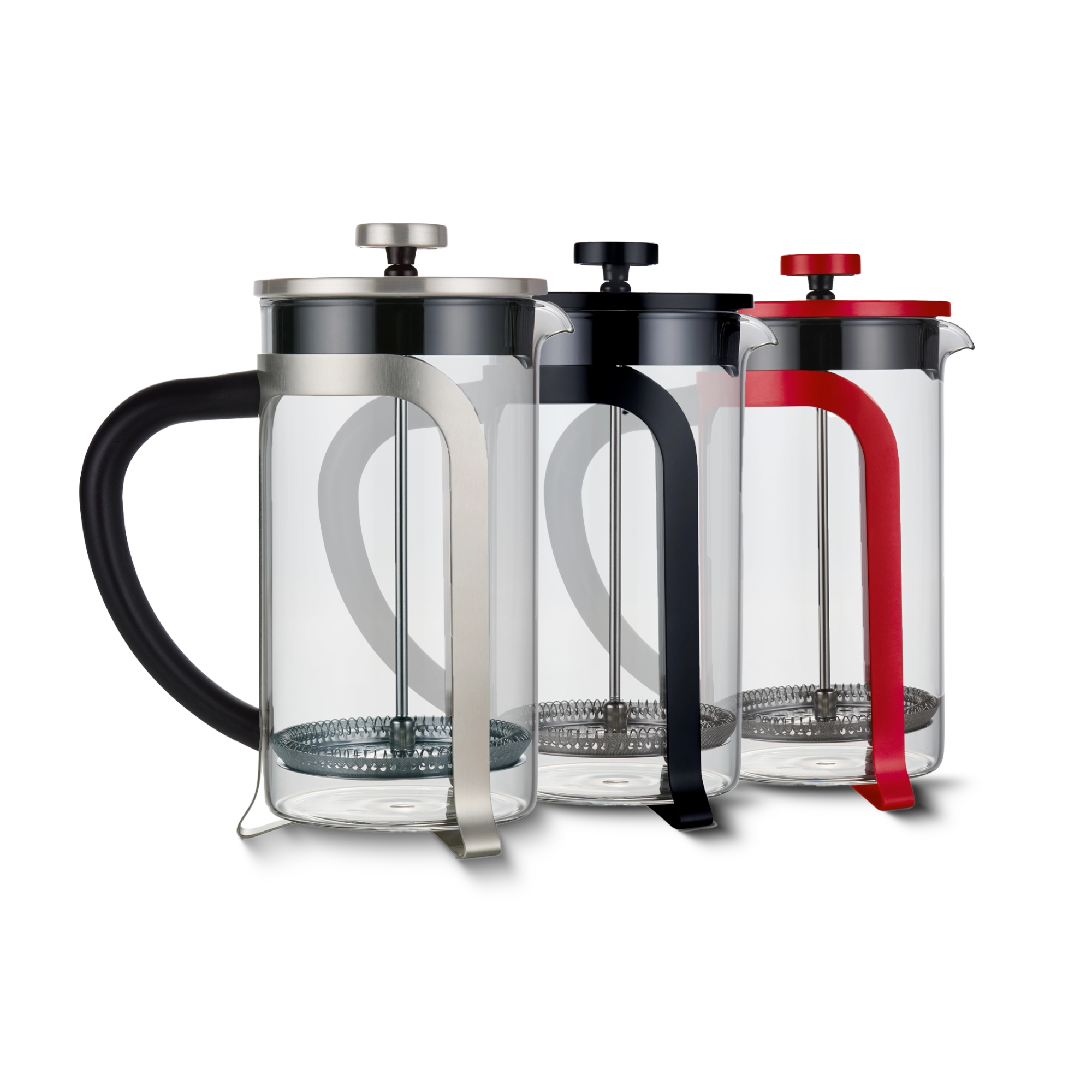
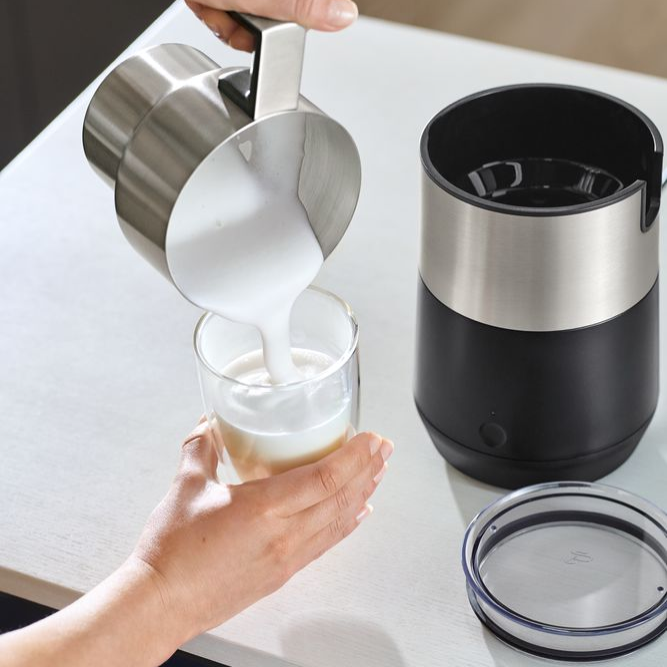
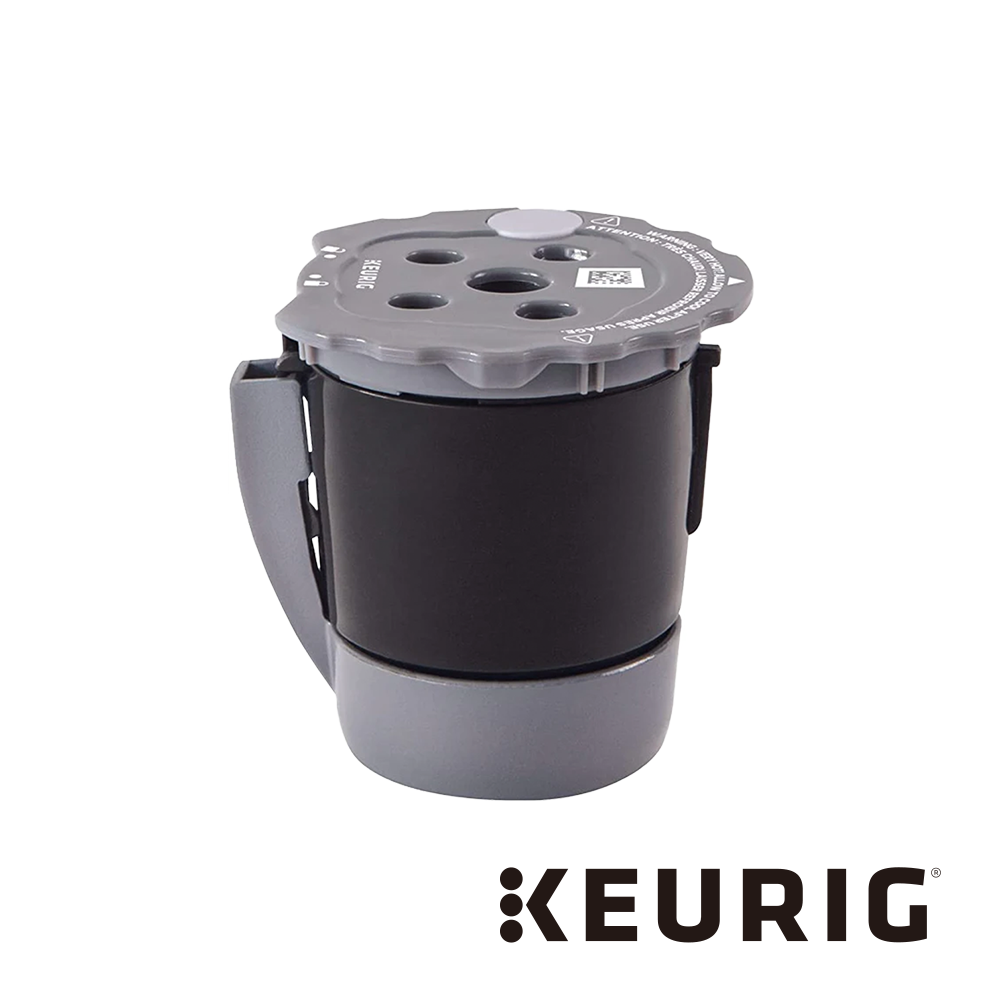
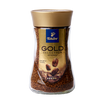
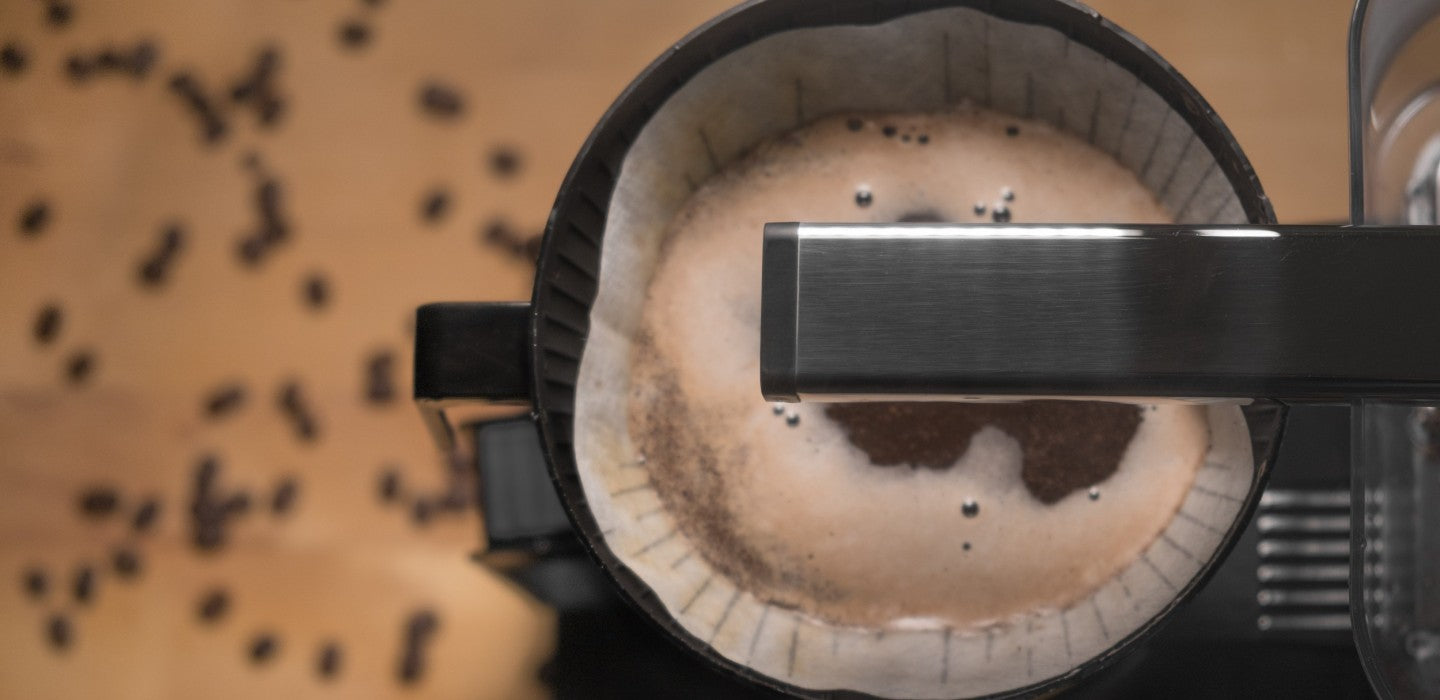
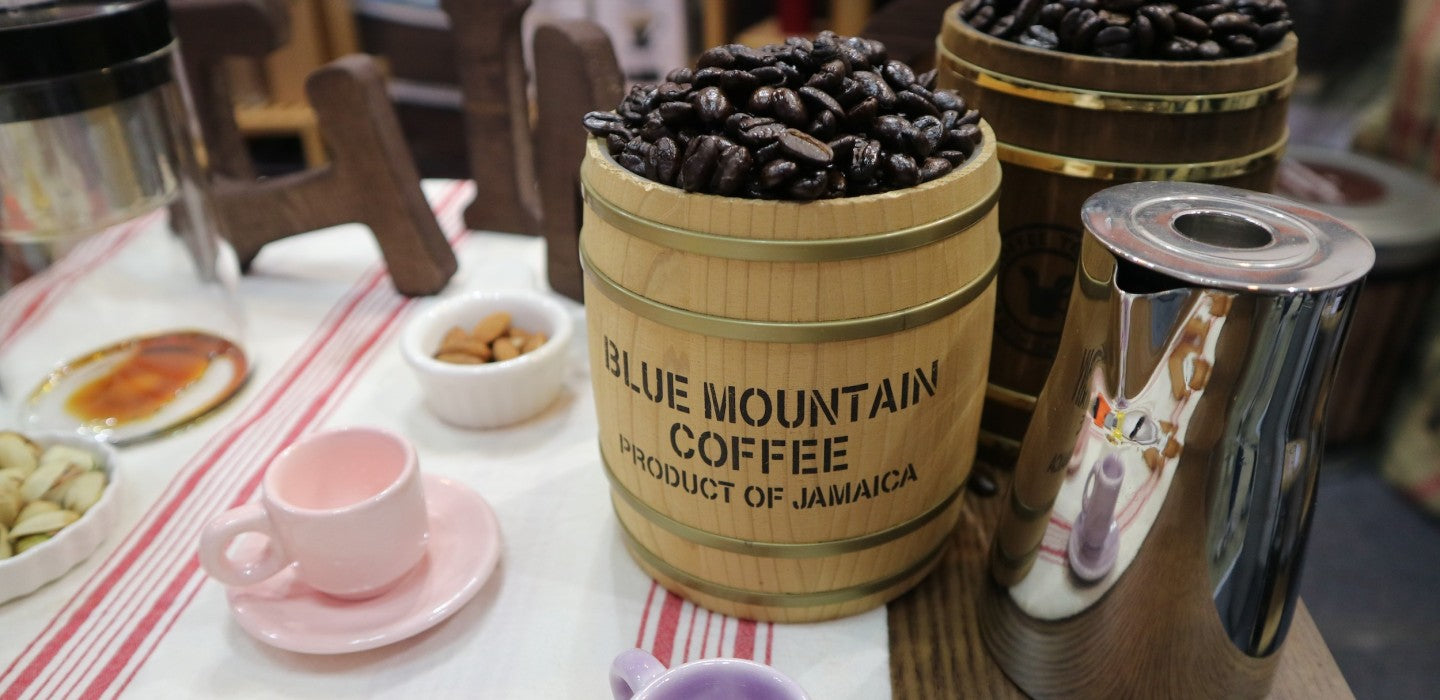
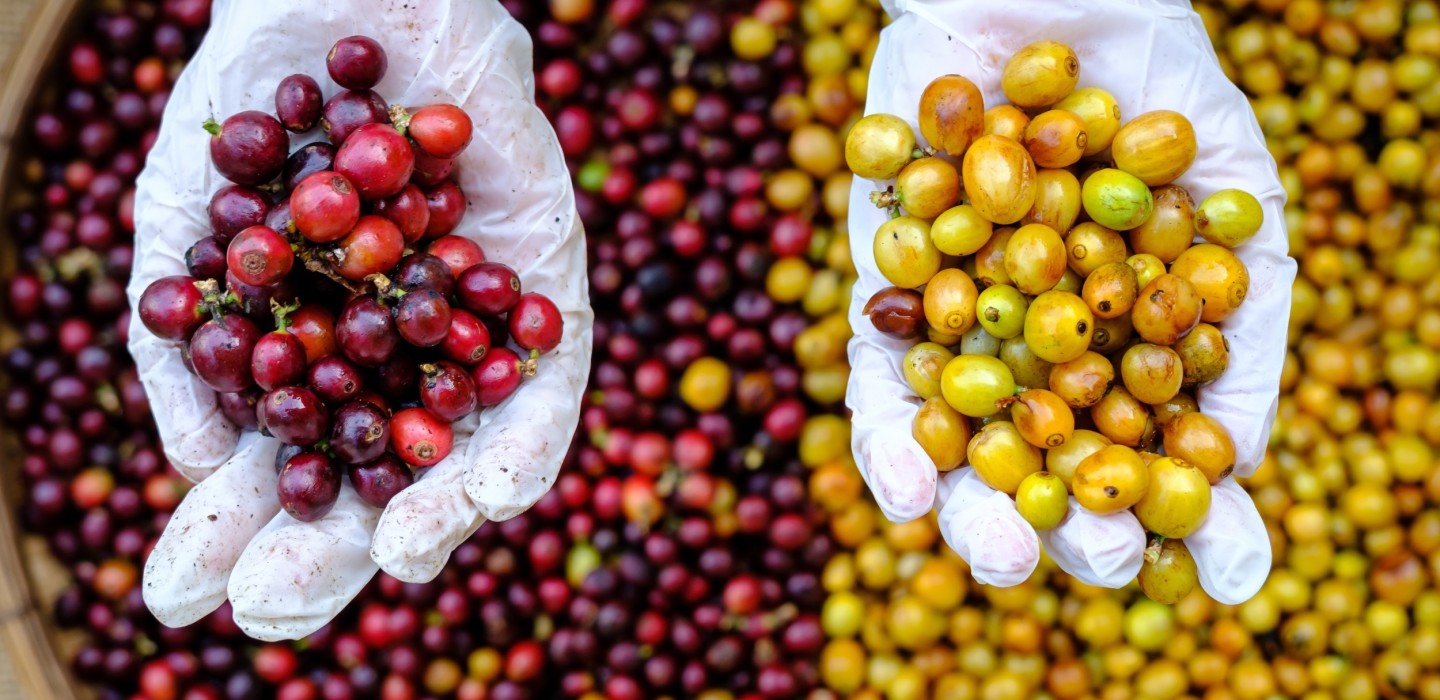
Leave a comment
This site is protected by hCaptcha and the hCaptcha Privacy Policy and Terms of Service apply.